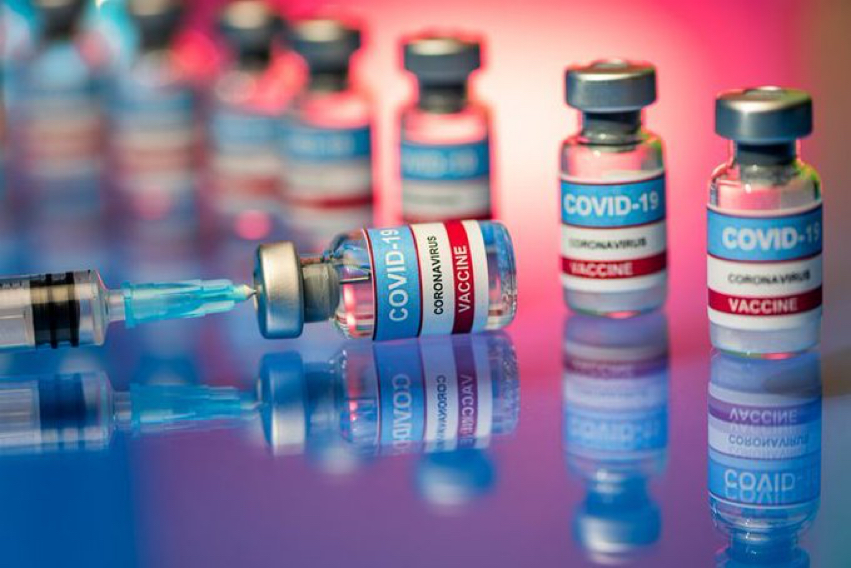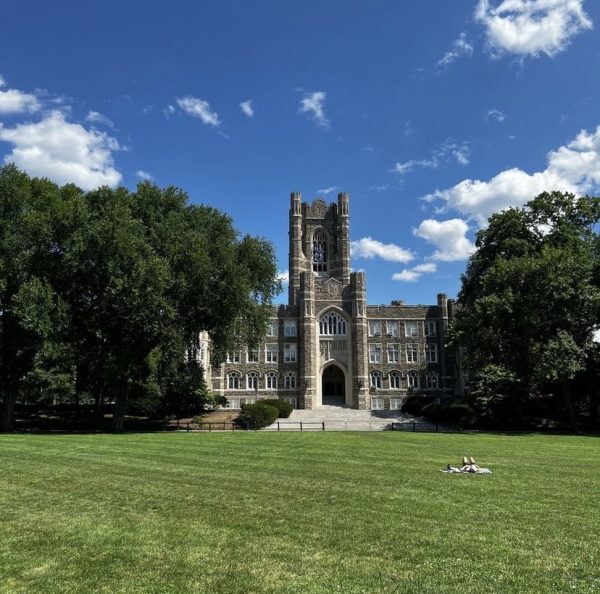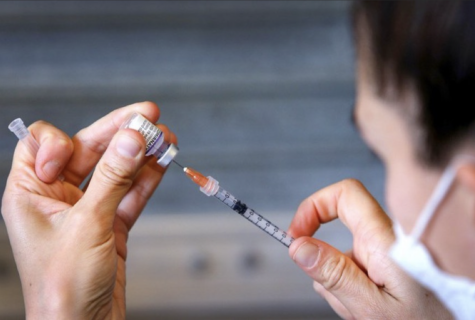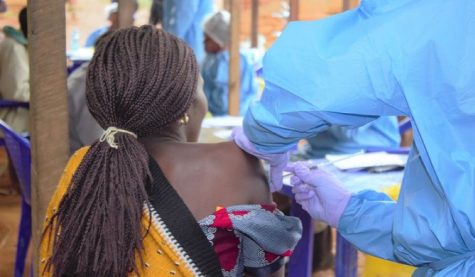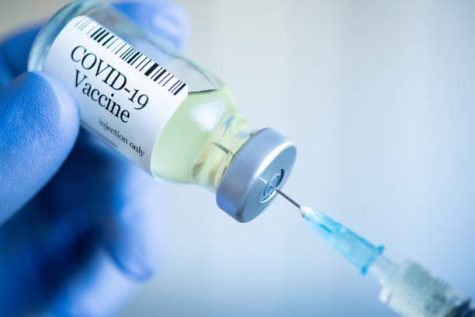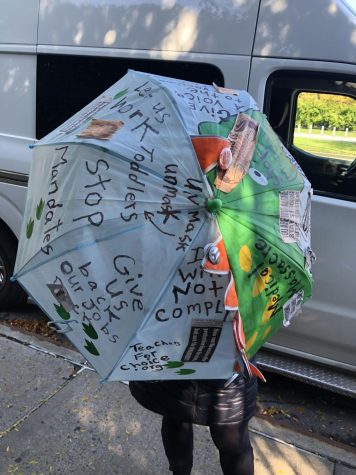Room for Improvement with COVID-19 Vaccine Distribution
The beginning stages of COVID-19 vaccine distribution are well underway. Companies like Moderna and Pfizer are ramping up production and the average doses given per day last week reached over 1 million. According to the New York Times, Moderna and Pfizer will supply the United States with enough doses to vaccinate 200 million people by the summer. Daily cases have been decreasing since January as well. Finally, we can glimpse a light at the end of the tunnel.
However, vaccinating the entire U.S. population is a long process that has only just begun, and it has been far from smooth sailing. The order of vaccine distribution lacks in equity and has been advancing with an “act first, ask questions later” mindset.
In order to determine where vaccines are sent and who can receive them, the federal government uses an algorithm based on the adult population of each state. The doses are further divided among hospitals, nursing homes and other places to be distributed. Different states have different priorities, some allowing smokers to get vaccinated before teachers and some teachers before the elderly. There may be good reasons behind these decisions, but the result is a distribution strategy that widely differs across location and reinforces disparities in the healthcare system, especially those of race and ethnicity.
Only 11% of the Black population in New York City had been vaccinated as of Jan. 31, while it makes up 24% of the city’s residents. In Philadelphia as of Jan. 14, 51% of women and 45% of men vaccinated were white, while only 35% of residents are white. The same story can be seen in cities and suburbs across the country, with other minority groups receiving proportionately less vaccinations than white people as well.
This disparity is largely caused by unequal access to healthcare resources and a communication gap between Black populations and distribution centers in their communities. There is a need for easier phone access to schedule vaccination appointments along with a collection of more race and ethnicity demographic data, which is currently lacking. In the southern U.S. especially, more vaccine sites need to be established in Black and Hispanic neighborhoods.
With an essential workforce that includes many non-citizen employees, the government’s distribution algorithm should take into account more than the registered adult population. To establish an equitable system, states should consider factors like poverty and social vulnerability. States should make their vaccine portals available in multiple languages and add advertising and informational campaigns for non-English populations. Some places are already taking these steps: Tennessee is prioritizing distribution based on the Social Vulnerability Index, and New York City’s Vaccine for All effort is prioritizing neighborhoods heavily hit by COVID-19. However, many states refuse to take such measures.
Many government officials have committed to ensuring equitable distribution of vaccines. It is essential that they stay true to their word. In an enormous endeavor like vaccinating a population of over 300 million people, it is almost impossible to be perfect. As is unfortunately the case with COVID-19, flaws in the system can have enormous and deadly consequences.
We must do all we can to make the vaccine distribution as equitable as possible, and we must continue moving forward with the process. Despite the system’s downfalls, it is important to note that as of mid-January, the U.S. was fifth in the world in total vaccinations provided per 100 people. All that’s left to do is learn from past mistakes and create a more suitable system moving forward.
Emily Huegler, FCRH ’22, is an integrative neuroscience and journalism major from Yardley, Penn.



































































































































































































